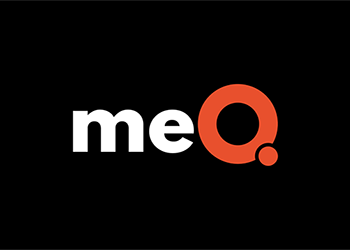This article originally appeared on HR Executive
Are your employees happy?
Surveys have long been the go-to for HR leaders seeking answers to that age-old question, though many acknowledge that annual, or even more frequent, requests for feedback are hindered by an inability to deliver real-time results. That’s a gap mood tracking looks to fill.
Earlier this year, meQuilibrium, which offers science- and tech-based resilience training and solutions, launched its Mood Tracker, an app-based program enabling both workers and their employers to get a handle on engagement, based on individual employee mood.
Employees can set a reminder that prompts them to check in daily, registering how they feel in one or more areas: motivation, focus and stress level. They are then able to track how their mood changes over the previous 30 days and also see how it compares to the total population that uses Mood Tracker.
Neal Bruce, senior vice president of product strategy at meQuilibrium, says understanding your own feelings is a “core practice for individual resilience.” Beyond helping employees acknowledge their own mood, the tool will also encourage them to take action based on their feelings. In December, meQuilibrium will roll out an integrated chatbot feature that will deliver custom responses based on users’ current mood and previous interactions.
“For example, if you are having a great day, it may ask you, ‘What are you grateful for?’ And when you are having a bad day, it may remind you about what you are grateful for to help bring you additional perspective,” Bruce says.
The chatbot can also connect users to additional services, such as the employee-assistance phone number.
In addition to the new chatbot, the company will next year add a reporting feature for clients with 50 or more employees using the service. Leaders will be able to explore mood/engagement levels and get suggestions based on group needs, such as stress-reduction development for teams with high levels of reported stress.
Mood tracking isn’t an entirely new concept. Aon launched its Mood Ring solution about five years ago in response to flaws in the standard annual-survey approach, says Ken Oehler, global culture and engagement practice leader.
“We started doing research and noticed that most organizations looked at [employee feedback] as something the company did to employees; there was too much focus on moving the survey score, with a lack of control for the individuals,” he says.
Like FitBit helps users see their daily physical activity, Aon’s Mood Ring app enabled users to log and track their changing mood. The company has since moved away from the app model and has fully integrated the approach into all of its modern survey platforms.
Taking the emotional temperature of employees frequently—such as after a major project or an organizational change—is a cornerstone of its solutions, Oehler says.
“Just like after you take an Uber, you get something in the app that says, ‘How did we do?’ ” he says. “You have to have much more continuous dialogue. If something just happened, you have to say, ‘Tell us about this experience.’ ”
